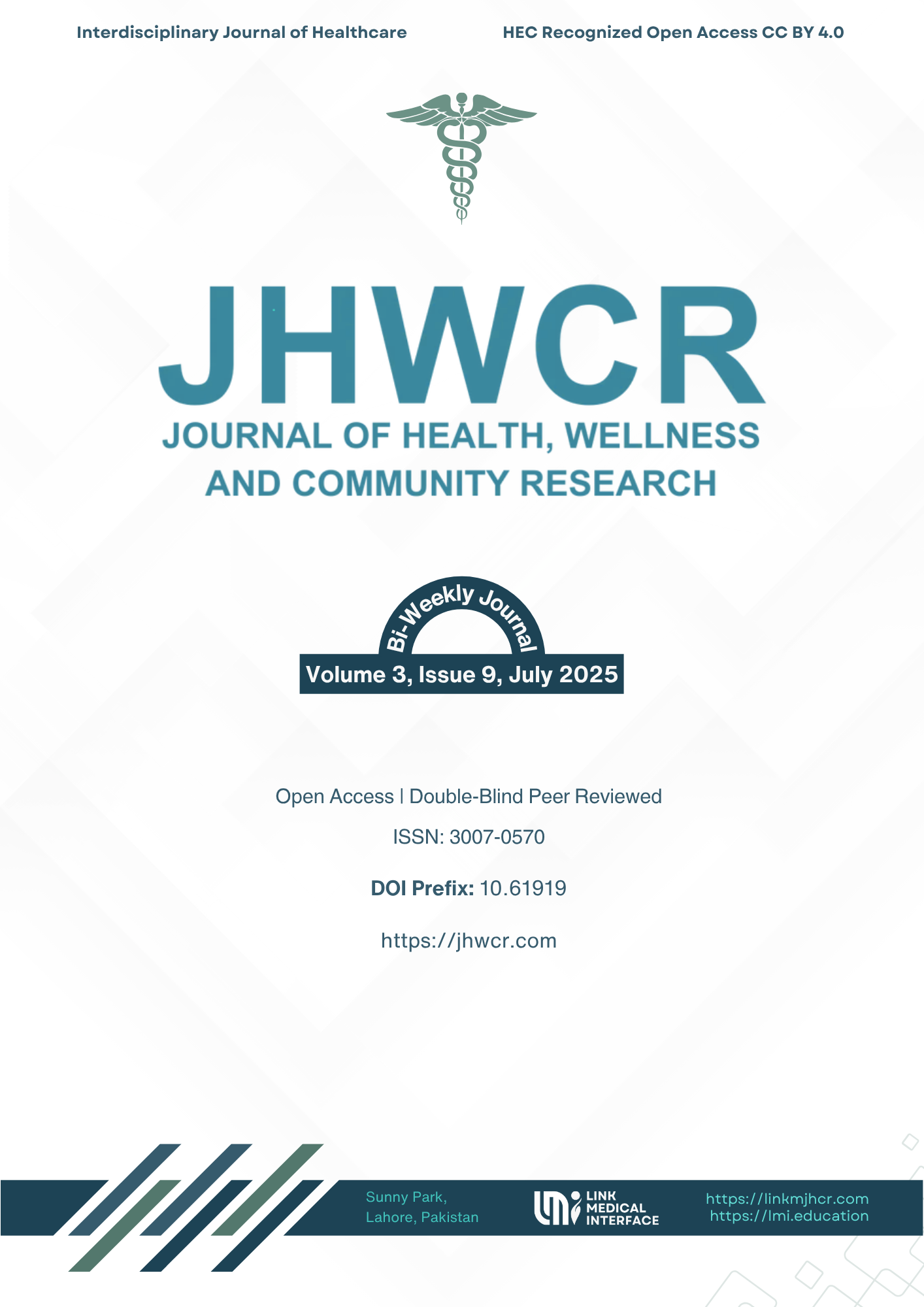Timeliness and Appropriateness of Surgical Antibiotic Prophylaxis: A Systematic Review
DOI:
https://doi.org/10.61919/k21qsv37Keywords:
Surgical site infection, surgical antibiotic prophylaxis, timing, adherence, guideline implementation, quality improvementAbstract
Background: Surgical site infections (SSIs) remain a significant cause of postoperative morbidity and healthcare burden worldwide, despite advances in infection control. Surgical antibiotic prophylaxis (SAP) is a well-established intervention to reduce SSIs, but considerable variation persists in clinical practice regarding the timing, choice, and adherence to SAP protocols. Objective: This systematic review aimed to critically evaluate the timeliness and appropriateness of SAP in surgical patients, assess global adherence to established guidelines, and identify barriers to effective implementation. Methods: A systematic literature search was conducted across PubMed, Google Scholar, CINAHL Plus, and the Cochrane Library for primary research articles published in English between 2001 and 2017. Eligible studies included quantitative, qualitative, and mixed-methods research addressing SAP timing, antibiotic selection, adherence, or barriers in general, orthopedic, obstetric, or gynecological surgeries. Data extraction and quality assessment followed PRISMA and CRD guidelines, with narrative synthesis employed due to study heterogeneity. Results: Of 41 included studies, most reported significant reductions in SSI rates with timely SAP administration, particularly when first-generation cephalosporins were used within 60 minutes prior to incision. However, global adherence to SAP protocols was inconsistent, with notable deficits in knowledge, institutional support, and system processes. Barriers included provider misconceptions, inadequate training, logistical challenges, and variations in organizational culture. Conclusion: Timely and appropriate SAP remains critical for SSI prevention, yet widespread implementation gaps persist. Multidisciplinary education, stewardship programs, and institutional leadership are essential to improve compliance and patient outcomes.
Downloads
Published
Issue
Section
License
Copyright (c) 2025 Shaheena Surani (Author)

This work is licensed under a Creative Commons Attribution 4.0 International License.


